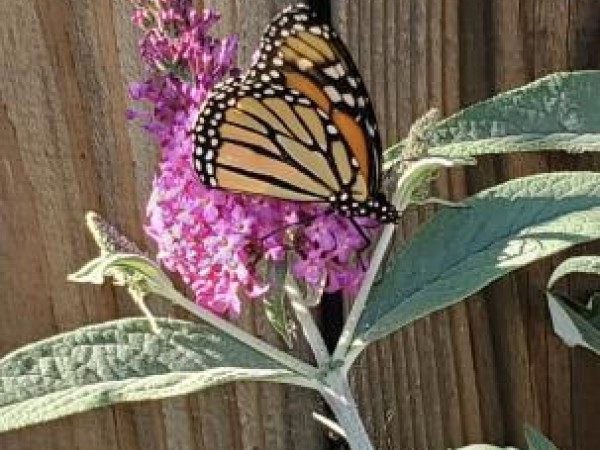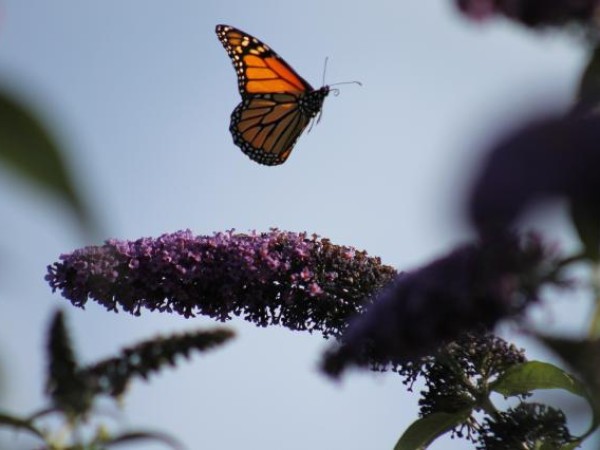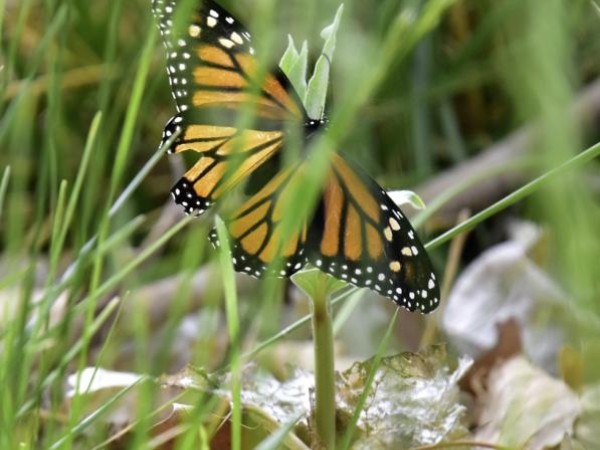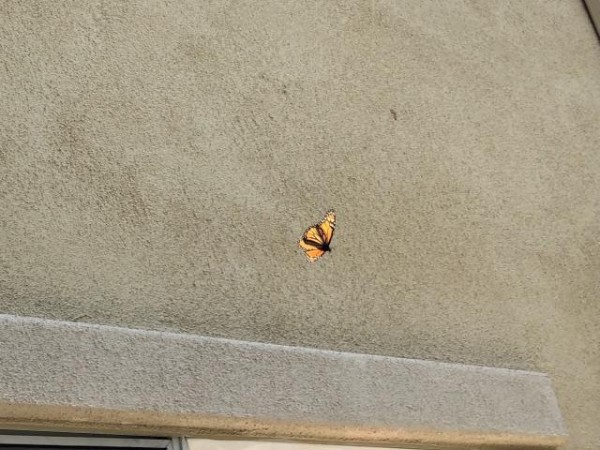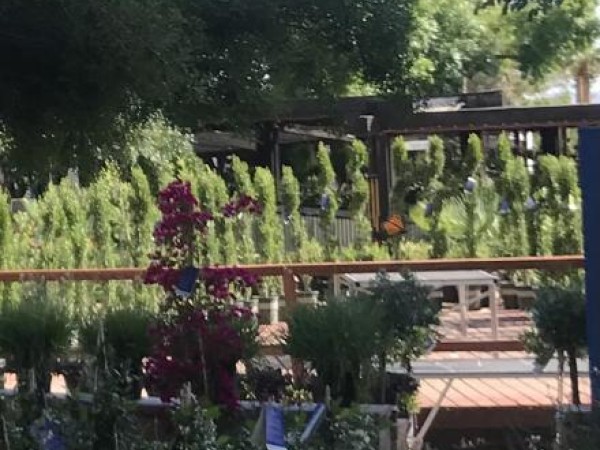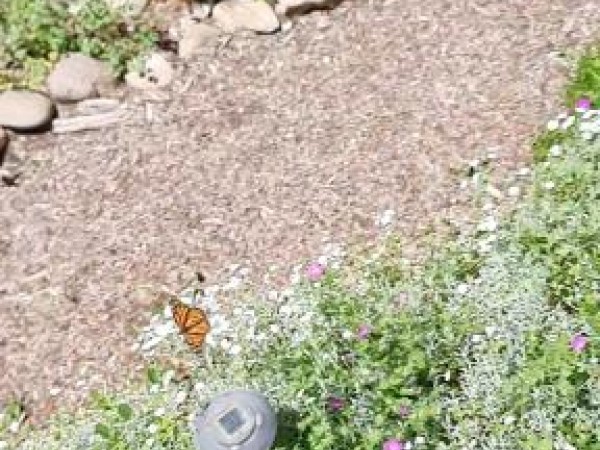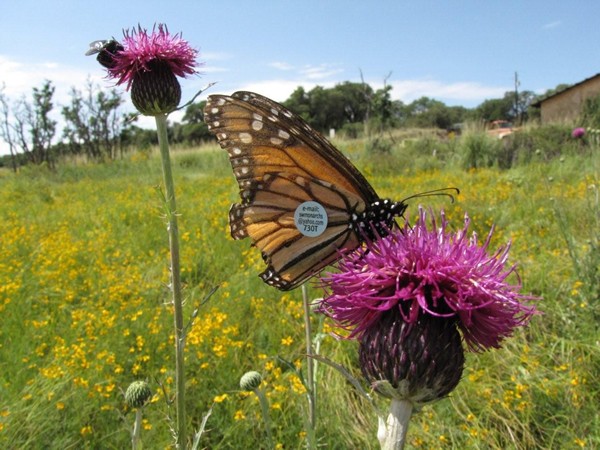Letter from Gail Morris: Western Monarch Spring 2022 Report #10
Published: 05/31/2022
Dear Western Monarch Friends,
Monarchs are stretching into Oregon while new monarch reports are still appearing in Nevada, Arizona, California and Utah. Southern California has a surge in sightings as monarchs along the coast continue to breed locally. Meanwhile milkweed is up in Idaho and just in time too as monarchs are beginning to arrive.
Western Monarch Sightings
Many new sightings this week across the West! Be sure to look at the monarch sightings maps as well as eggs and larvae. Here are a sample of recent reports:
Christine in Elk Grove, California, saw her first of year monarch on May 25. “Saw in my backyard.”
On the same day, Cynthia in Stockton, California, also reported a monarch. “5:30 p.m. Enjoyed watching this beautiful (probable) male butterfly feeding on my front yard butterfly bush. Lingered about 15 minutes on this hot (100 degree) afternoon. Seemed to be in excellent condition. I am thrilled to report this 3rd sighting this month!!”
Barry also spotted a monarch on May 25 in Morongo Valley, California. “Seen on Marsh Trail.”
On May 26, Bernadette spotted her first monarchs of the year in Fallon, Nevada. “Photo taken at 3:17p.m. 2 monarchs around the growing milkweed. Usually don't see them here in the location until later in the summer. Seems too early, no flowers for them to feed on.”
On the same day, Kaleigh in Tustin, California, saw one monarch. “This monarch has been hanging out with us for a little over a week.”
Della spotted a monarch in Phoenix, Arizona, on May 28. “Saw one adult Monarch during a visit to Berridge nursery on Camelback and 44th street, around 4:30pm today. Could not see if it was male or female. It looked in good condition and was flying over and back between the Buddeljia and some jasmine, occasionally stopping briefly on the Buddeljia. I only saw it for a few minutes before it disappeared to the west. 105F, breezy, sunny.”
Also on May 28, Ann in Middleton, Idaho saw her first monarch of the season. "Single butterfly, landed on spruce for quite awhile, then buzzed all the milkweed plants. Did not see any eggs at this time."
Monarchs continue to appear in southern California this season rather than migrating. Thanks to the many Community Scientists who sent in reports recently – be sure to look at the JN maps. Sandra in Lakeside, California, reported one monarch on May 29. “Maybe one that's been hanging around the past few days, or maybe a new visitor. Who knows? But we have a monarch fluttering around our butterfly bush and milkweed plants today.”
First Summer Heat Wave?
Extended weather forecasts can be less reliable the further in the future they are. There are some early indications a major heatwave could affect California mid-June. Monarchs are still quite active and present in the coastal regions, especially in the southern portion. Be sure to report your sightings of monarch adults, eggs and larvae so we can all see the effect of this heat wave if it does occur. High temperatures above 107° affect immature survival and monarch adults may have a shorter lifespan and be less fertile. Let us know what you see both presence and absence.
Send in your reports!
If you are out this week and see monarchs of any life stage, be sure to report them to Journey North—whether they are adults or eggs or larvae. Provide as much information as you can such as weather conditions (it’s okay to estimate). Your detailed description of what you see can include, but is not limited to, the monarch’s gender and activity and, if known, the type of flowers if they are nectaring. If you can, observe the condition of the wings—fresh and new or worn and tattered or something in between. This helps us learn more about monarch age and survival. We realize it isn’t always possible, but please take a photo if you can. Thanks so much for your help.
Gail Morris is the Coordinator of the Southwest Monarch Study (www.swmonarchs.org), a Monarch Watch Conservation Specialist, and the Vice President of the Monarch Butterfly Fund, the Central Arizona Butterfly Association and the Western Monarch Advocates. The Western Monarch Population News is based on comments provided to Gail Morris. We hope to increase the number of sightings and therefore photos and comments entered into Journey North. We rely on the volunteers who communicate regularly with Gail and who agree to participate in our effort to increase awareness of the population of western Monarchs. You can reach her at gail@swmonarchs.or

